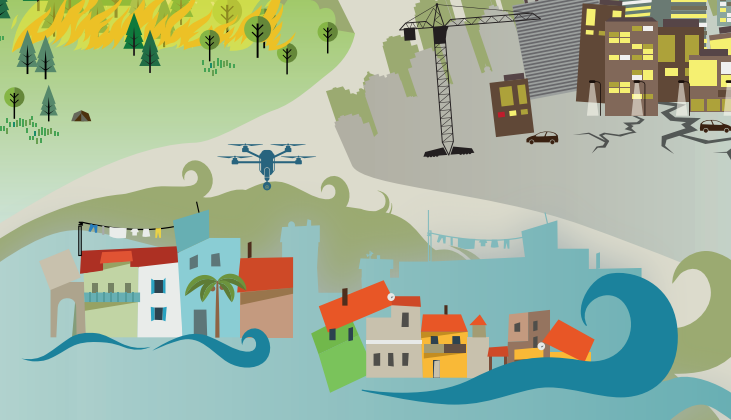For me, as perhaps for many, 2020 tested my relationships.
With some, we’re too close, too often; we’ve been tested by proximity, by the game to find space in homes and apartments and rooms that feel increasingly, impossibly tight.
And then, with others, we’re too far; we’ve been tested by distance, by space we’re not allowed to close, that must for our own safety and the safety of all others remain gaping and yawning between and before us.
But 2020 also tested my notion of relationships, of the ways we not only keep, but also make, connections with peers and strangers.
At TechChange, relationships––our communities of learners––are one of the bedrocks of our practice; even in asynchronous course offerings, community remains a core component, with various activities and opportunities intended to develop connections across time and space.
So at TechChange, we’re not new to building community and forging relationships in an online environment. But this past year—with the new projects that organizations have brought to us—has still required that we reimagine what it means to, not just learn, but also gather and connect in entirely virtual environments.
During my time at TechChange this past year, I have worked with diverse international partners to deliver synchronous online courses, events, and workshops. Many were courses or events that had previously been hosted in-person, and were now moved online due to the restrictions posed by COVID-19. These in-person experiences had focused both on learning and on relationship-building, as participants either met each other for the first time, or strengthened existing working relationships. Organizations consequently came to us with high expectations, remembering the in-person version of the event or workshop and recognizing those community-building elements as key to the event’s success. Community-building was not a secondary objective; it was, in many cases, the objective, and we were now being asked to recreate that in a world with COVID-19.
While working with these partners, we were consequently challenged to reimagine the possibilities of virtual gatherings, to explore new softwares, and to rethink how we use existing technologies. A self-professed introvert, I am yet passionate about relationship-building, about meetings between strangers, about deep (rather than surface-level) conversations. And I can’t pretend I was not initially one of the skeptics who doubted that these sorts of interactions could transfer online. But I also don’t think I was the only one to find myself surprised by what was possible, given the right tools and some time to plan.
These are a few of the strategies I’ve learned over the past year to generate meaningful interactions within completely virtual spaces.
- Go in with an organized plan for facilitation. Arguably even more so than with in-person events, Zoom meetings and workshops require detailed facilitation plans in order to most effectively generate new connections. As participants are unable to just “wander” within a Zoom call as they may within a conference room or office, you can’t expect to have the kinds of spontaneous conversations or get-togethers that you could have in-person. The up-side to this is the ease with which you, as the facilitator, can move people where you want them, directing them to those groups and spaces that, when properly organized, will result in exciting, (seemingly) “spontaneous” interactions.
- Put people in small groups. It’s a simple dictum, but one we have found consistently critical if we want to push people to build relationships online. Large Zoom calls with any more than 5 to 6 people can quickly feel overwhelming—especially when, as shared above, there isn’t a clear plan for how to manage the time. Using breakout features—especially when coupled with a planned activity or recommended questions—is one of the easiest ways to guarantee more meaningful conversations where participants may actually get to know one another.
- Embrace the challenges of technology—many of which may present unexpected opportunities. During a workshop with TechChange staff, our facilitators left briefly to convene over the phone regarding a decision; before they left, they used screen-share to play “intermission” music from Youtube. When someone tried to talk over the music, we discovered that, by talking, we could dim the sound of the music, as Zoom audio focuses on who’s actively speaking and quiets other noise. To avoid the irritating music, we realized we had to speak to one another; we were pressured to keep the conversation going, if only to prevent Zoom from featuring the music. It was an important reminder that the same features that drive us crazy could also drive innovative new ways to encourage connection.
Online interactions are not in-person interactions—but that is a blessing, allowing us even further means of meeting and knowing each other.




